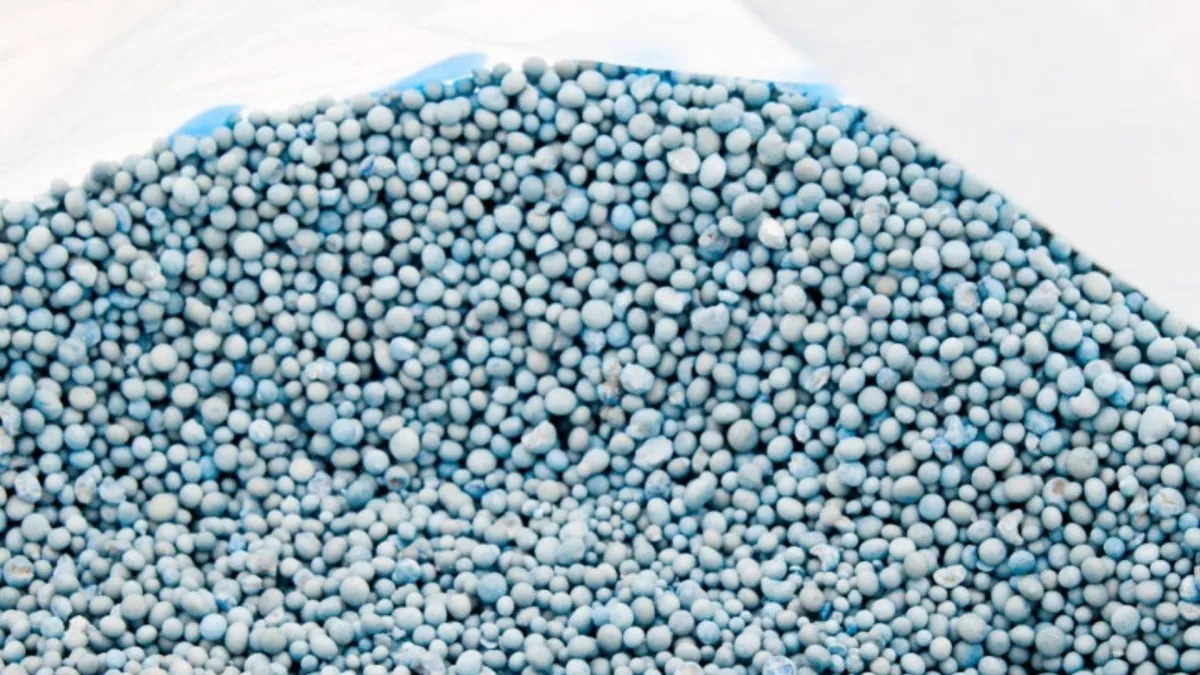
Nitrogen fertilisers
Nitrogen is a powerful growth promoter in plants and one of the simplest, most cost-effective ways to grow more feed on your block. When used correctly, it boosts leaf growth and helps produce green, lush pasture. But it must be applied strategically to avoid waste, runoff, and environmental harm.
What Does Nitrogen Do?
Promotes rapid leaf growth
Gives plants a lush green appearance
Helps increase feed yield quickly
Deficient plants appear pale, stunted, and may turn yellow
Which Fertilisers Contain Nitrogen?
Several commonly used fertilisers supply nitrogen, each with slightly different properties:
Urea (46-0-0-0)
Highly soluble
Contains only nitrogen
Ammonium Sulphate (21-0-0-24)
Soluble
Supplies both nitrogen and sulphur
DAP – Di-ammonium Phosphate (18-20-0-2)
Soluble compound fertiliser
Contains nitrogen, phosphorus, and sulphur
MAP – Mono-ammonium Phosphate (11-22-0-1)
Soluble compound fertiliser
Also supplies nitrogen, phosphorus, and sulphur
Note: Fertiliser composition is always listed in the order of N-P-K-S-Mg.
When Should You Apply Nitrogen?
Apply nitrogen fertiliser strategically—that is, when you are most likely to see a strong response and economic return. Timing and soil conditions are crucial.
Spring and early summer: Best response (80–100%)
Late winter and early spring: Good response (60–80%)
Autumn: Variable response, 20–40% in dry conditions or 50–70% after good rainfall
Soil temperature: Must be above 6°C
Soil moisture: Needs to be adequate for plant uptake
Application Rates
Keep in mind what clover contributes naturally to your nitrogen supply. A good clover crop may provide up to 200 kg N/ha per year.
Be aware of local environmental regulations. Some Regional Councils recommend a maximum of 150 kg N/ha per year from all sources combined.
Recommended rates:
Grazed pasture: 20–40 kg N/ha (45–90 kg Urea/ha)
Silage or hay: 30–60 kg N/ha (65–130 kg Urea/ha)
Exceeding these rates increases the risk of nitrogen leaching, especially in wet conditions.
Management Tips
Apply nitrogen when some pasture regrowth is already present (about 1600–1800 kg DM/ha or 50 mm in height)
Graze 4 to 5 weeks after application if conditions are favourable
Cut for silage or hay 5 to 6 weeks after application
Use nitrogen ahead of a predicted feed deficit, not during one
Check your fertiliser spreader is delivering accurate rates
Avoid spreading near waterways or drains
Used wisely, nitrogen can be a valuable tool to boost pasture growth. But overuse is wasteful, costly, and potentially harmful to the environment. Think ahead, match rates to conditions, and always consider what you’re already getting for free from healthy clover.
For an in-depth look at improving your soil, get our Soil & Fertiliser ebook.

